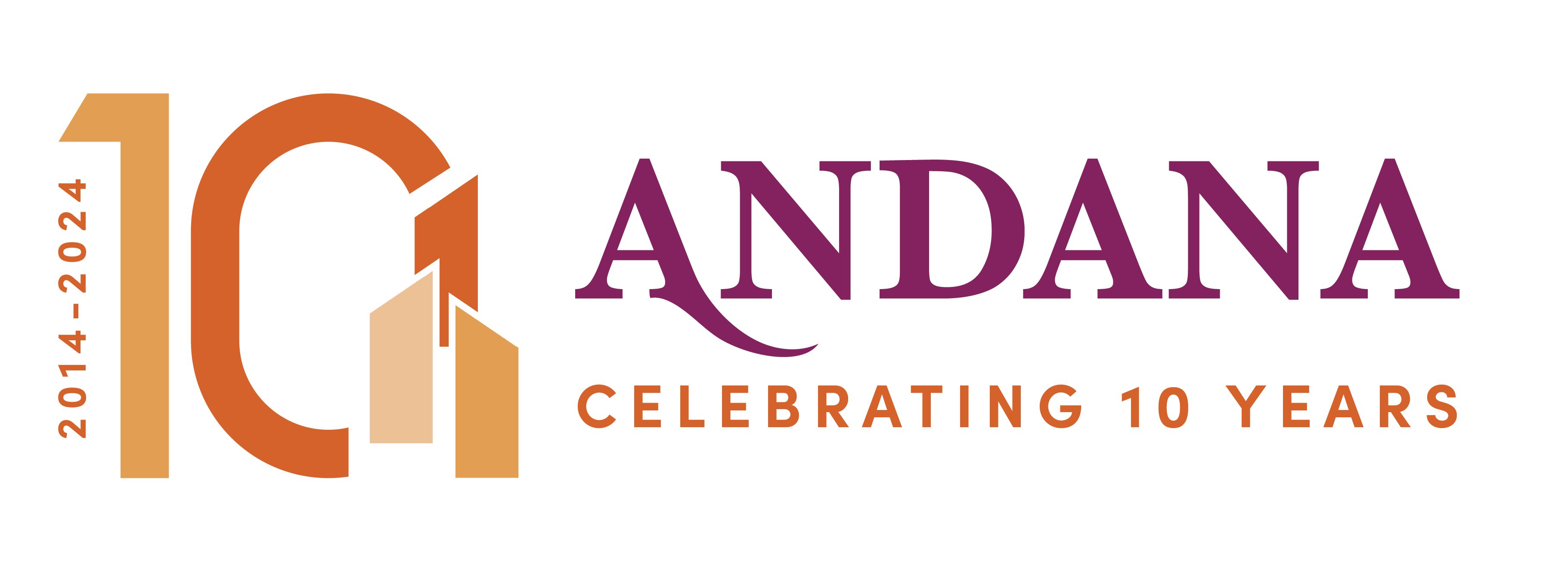
The Standard Form 330 (SF330) is used by Federal agencies, and several state and local agencies as the format for architecture and engineering firm qualifications. In industry, we call these proposals because the SF330 form is our proposal to do the work. However, the agencies call these forms a “presolicitation” because there is no pricing involved. In fact, at the Federal level, the solicitation is not issued until the SF330s are evaluated and a firm is deemed “most highly qualified.” Upon determining the most qualified firms, the agencies then move forward with a solicitation for pricing and enter negotiations.
The Federal SF330 process is common across DoD and civilian agencies.
First, they issue a synopsis/presolicitation on SAM.gov. This announcement contains all of the information firms need to submit their SF330 form – including the personnel required, the project types, and the requirements for Section H. This synopsis also details how the SF330 will be evaluated by the agency. We break down some of the key things to look for in the synopsis here. These details will assist with your go/no-go decision and guide you in preparing your SF330 response.
Second, the SF330 is submitted. These are submitted similar to any other proposal – hard copy, CD, upload or email. Details on how to submit your response are in the synopsis. Even though the SF330 is not a typical ‘proposal’ with a price, it IS the architecture and engineering proposal, and the deadline MUST be met in order to move forward in the process.
Third, each agency has a process for evaluating the SF330. Sometimes, the agency will conduct interviews, or they can award directly from the SF330. Their process may be outlined in the synopsis.
What goes into the SF330?
Below are some highlights of the SF330 components. Check out our SF330 chapter in Game Changers for more details (and tons of other great information related to Government contracting!)
- Part I – Section A-C – Firm information. This is where you list your contact information and detail the locations and expertise of your team. General rules – the locations in Section C align to your Part IIs which align to the locations of the Key Personnel in Section E. No need to show other office locations in C.
- Part I – Section D – Organizational Chart. The org chart demonstrates alignment of the Key Personnel to the required disciplines. General rules – only show the personnel you are providing resumes for in Section E. No need to add extra names just to show depth – use Section H.
- Part I – Section E – Resumes. Agencies evaluate your Professional Qualifications by reviewing resumes of Key Personnel. Make sure your resumes meet the requirements for education, certifications, and experience. General rules – one page per resume, five projects per resume, project experience within the last 10 years (be sure to check the requirements)
- Part I – Section F – Projects. Agencies evaluate your team’s Specialized Experience and Technical Competence by reviewing the 10 projects in Section F. Make sure your projects are well-rounded to demonstrate experience with the required services and scopes in the synopsis. General rules – one page per project, no more than 10 projects (though check the requirements – these rules often change).
- Part I – Section G – Matrix. Sometimes the trickiest part of the SF330, the matrix cross references the Key Personnel from Section E to the projects in Section F. This is a snapshot for evaluators to see if your people worked on your projects, and if your teaming partner firms have worked together. General rules – We like to aim for at least one X per project and at least one X per person. Sometimes, for specialty services like archaeology, the person will not have an X since they don’t work on every projects. For your main personnel, like Project Manager, it is stronger to show them managing several similar projects. The more Xs your matrix has, the better, but evaluators understand nuances for specialty roles and new hires. Make a point to explain this in Section H too.
- Part I – Section H – Additional Information. This section is the narrative. The synopsis usually outlines what content agencies want to see in this narrative. Contents usually include the firm overviews, discussions of past performance, capacity, knowledge of locality, geographic location, additional experience, additional professional qualifications, quality control, and/or program management. Sometimes other information is required such as small business participation or volume of DoD awards. General rules -Review the synopsis carefully to make sure you include all the narratives they require. Sometimes they ask for additional details here (such as percent involvement of each teaming partner or the DUNS and TIN of the prime). You don’t want to miss including those items.
- Part IIs. The Part IIs are required for each firm on your team, and for each location shown on Section E Resumes. These locations line up with Section C. General rules – If you have a teaming partner but are not showing a resume from their firm, they still must have a Part II and still must be shown on Section C. Just select the primary office that will do the work for your contract. Part IIs must be signed and dated, usually once a year is fine, they do not need updated for each pursuit just make sure they are signed within a year of the submission date (unless otherwise noted in the requirements).
- Attachments. Sometimes attachments are required to support your SF330. Most of the time these include PPQs/CPARS, JV Agreements, Small Business Participation Plans, or copies of licenses, or other documents required by the synopsis. General rules – If needed, we reference the attachments where appropriate in Section H. Then, we provide the attachments either after the signature page of Part I or after the Part IIs. Tabs or cover pages help evaluators find what they need.
How do agencies evaluate the SF330?
For large AE IDIQ contracts, agencies receive dozens of SF330 responses. In most organizations, once responses are received, they are reviewed by a pre-selection board. You can think of this as the go/no-go board. Their role is to review the responses for compliance. If they asked for 13 resumes, did you provide 13 resumes? Are all the forms signed? Are all the forms included? Did they ask for registered personnel or specific years of experience?
The pre-selection board reviews all the responses to determine which will move on to the evaluation committee. The evaluation committee then goes through each response, again for compliance but more to evaluate the qualifications provided. Their role is to determine the most-highly qualified teams to execute the contract. The evaluation committee often includes technical experts and end users – the people who will use the contract and need to know your team has the capabilities they need. It also can include contracting personnel and small business personnel. Committees review each package, score each section and provide detailed notes to the committee.
If you do not win, your evaluation can be shared with you via a debrief. The debrief meeting is a great opportunity, win or lose, to learn more about how your package was evaluated and how to make improvements moving foward.

